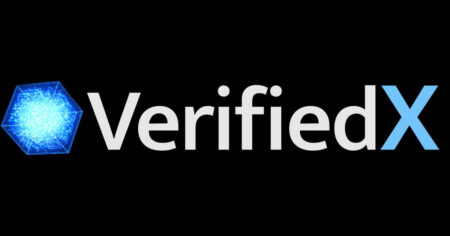Welcome to my new weekly column, Core Corner. This feature is focused on Core Blockchain (XCB), a layer-1 ecosystem attempting to reshape the decentralized digital landscape.
Last year, I met with the chain’s core developers, CoDeTech, and produced this short documentary on the development up to that point. Since then, the team has launched the first applications on the network, notably the CorePass ID digital identity wallet and Ping Exchange, a peer-to-peer CEX trading from hybrid cold storage wallets.
Core Blockchain XCB Ping and CorePass launch.
One of the most interesting choices for Ping was to remove market makers from the equation, meaning every trade is between two real traders with no synthetic volume or orders. CEO Ockert Loubster said on X,
“Trading on a hybrid decentralized exchange (DEX) like Ping exchange, which operates without market makers and is driven purely by person-to-person (P2P) trading, offers a unique approach to buying and selling digital assets.”
From what I’ve seen, the decision to launch without market makers aligns with CoDeTech’s continual approach over the years of its development. When presented with two options, one commercially advantageous and the other less so but aligning with a P2P, decentralized, self-sovereign ethos, they always choose the latter, and much harder, option.
It’s likely for this reason that the blockchain has gone under the radar by much of the Web3 world and why I refer to its development as being in ‘public stealth.’ While it has been building in public for years, it has done so without utilizing the methods other chains used to gain notoriety, such as eye-catching VC funders, token sales, airdrops, influencer shilling, or celebrity endorsements. While I’m not saying these methods are detrimental to the health of an ecosystem, bootstrapping it in the way that CoDeTech has done creates a highly level playing field for anyone looking to get into the space.
After nine years of development, Core XCB is a nascent layer-1 blockchain that I believe has the potential to emerge from the next bull run as a leader in Web3, similar to the eventual winners after the dot-com bubble popped. Further, recently deployed token standards open the door to a new developer community beyond its original developers, making the white space available one of the more exciting opportunities in an increasingly saturated marketplace.
Core Blockchain (XCB)
The Core blockchain represents a novel approach utilizing a proof-of-work consensus variant called Proof of Distributed Efficiency (PoDe). It operates on a low-energy Proof of Work (PoW) mechanism, differentiating it from its predecessors and optimizing it for IoT devices. With proof-of-stake networks coming under greater regulatory scrutiny than PoW and PoW being criticized for its high energy usage, PoDe may offer some exciting opportunities in the current market.
While much of the energy debate regarding PoW can be somewhat mitigated through renewable energy, lower energy usage is still beneficial. Still, Core XCB is not in competition with networks like Bitcoin. Instead, it compares to chains in the Web3 world, such as Ethereum and Solana.
Read the full article here









